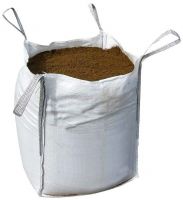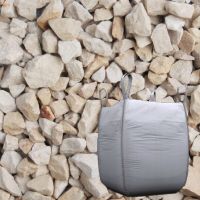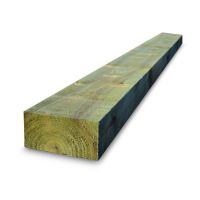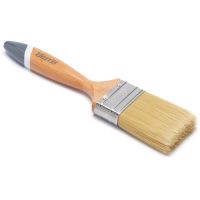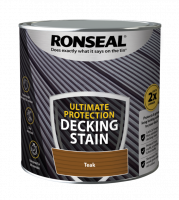How to Build a Raised Bed in Your Garden
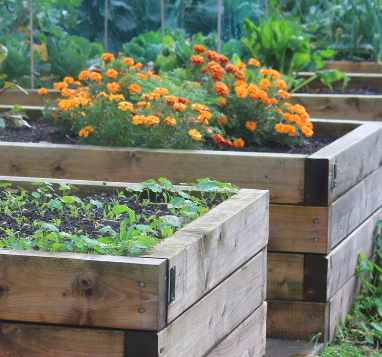
One of the jobs the team get asked about regularly is how to build a raised bed. It is a great DIY project, especially for those with limited space or less-than-perfect soil. Raised beds offer better drainage, reduce soil compaction, and make it easier to manage weeds – plus they can look really smart in a garden layout.
Here’s a step-by-step guide on how to build your own raised bed using materials we stock right here at Pearsons.
Planning Your Raised Bed
Before you pick up your saw, think about the location and purpose of your bed. Are you growing herbs near the kitchen door? Do you need space for veg, or are you after a low-maintenance flower bed? Choose a sunny, sheltered spot with easy access to water, especially if you're planting edibles.
Size matters too – not just in terms of how much you can grow, but also what’s practical for you to manage. A common size is about 1.2m wide by 2.4m long, with a height of 30cm to 60cm. Keep the width to around 1.2m so you can reach the middle from either side without stepping on the soil.
If you’re short on space, consider building several smaller beds rather than one large one. This also makes crop rotation easier down the line.
Choosing Your Materials
The most common material for raised beds is timber, and for good reason – it’s cost-effective, easy to work with, and gives a natural finish. At the Builders’ Merchant, we’ve got a good stock of boards and sleepers that are ideal for this kind of job. Sleepers give a chunkier, more rustic feel, while standard timber boards can create a neat, modern look.
Make sure you’re using pressure-treated timber suitable for outdoor use to help resist rot. If you want to avoid any treatment chemicals near your planting, we can point you towards untreated timber too, though you’ll need to give it more protection with a non-toxic preservative.
For fixings, use corrosion-resistant screws or bolts. Decking screws work well for most timber raised beds, and we’ve got all sizes in stock. If you’re going for thicker sleepers, coach bolts and brackets may be a better option.
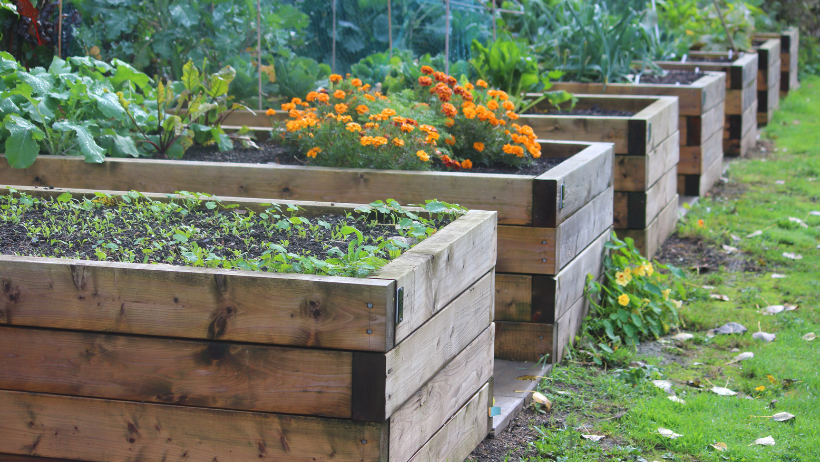

Building Your Raised Bed
Start by marking out your bed area with string and pegs. If you’re placing the bed on grass, dig out the turf layer to create a level surface. For areas with poor drainage, you might want to add a layer of rubble or gravel before building the bed to improve drainage.
Construct the frame first, either by laying it out in place or building it on a flat surface and moving it into position. Make sure everything is square before fixing the corners, and double-check it is sitting level – a spirit level is your best friend here.
Once the frame is in place, line the inside walls with landscape fabric or plastic sheeting if you’re concerned about the timber leaching into the soil (especially important for edible crops). This also helps prolong the life of your timber.
Time to Paint (or stain)
Before you move on to planting, don’t forget the finishing touches—painting or staining the wood can help protect it from the elements and tie it in with the rest of your garden design. A rich wood stain gives a natural, rustic feel, while a bold colour can add a pop of personality. Just make sure to use a product that’s safe for plants if you’ll be growing anything edible.
Filling and Planting
Now comes the fun bit – filling your raised bed. You’ll want a good mix of topsoil, compost, and organic matter like well-rotted manure. This will give you a rich, free-draining medium that plants will thrive in.
If your bed is quite deep, you can save on compost by filling the bottom third with rough organic material like branches or straw, topped with soil and compost. This technique, known as hügelkultur (meaning mound culture), improves drainage and slowly breaks down to feed your plants.
When it comes to choosing the right mix for your raised bed, our Garden Centre team is happy to help. They’ll guide you on how much compost or topsoil to buy, and what to use based on what you plan to grow. They can also advise on seasonal planting ideas, companion plants, and how to keep your bed looking great throughout the year.
Raised beds are incredibly versatile. You can grow vegetables, herbs, flowers, or even small shrubs. The key is to group plants with similar needs and avoid overcrowding. The depth of the bed allows for strong root growth, and the good drainage means your plants will be less prone to rot or slug damage.
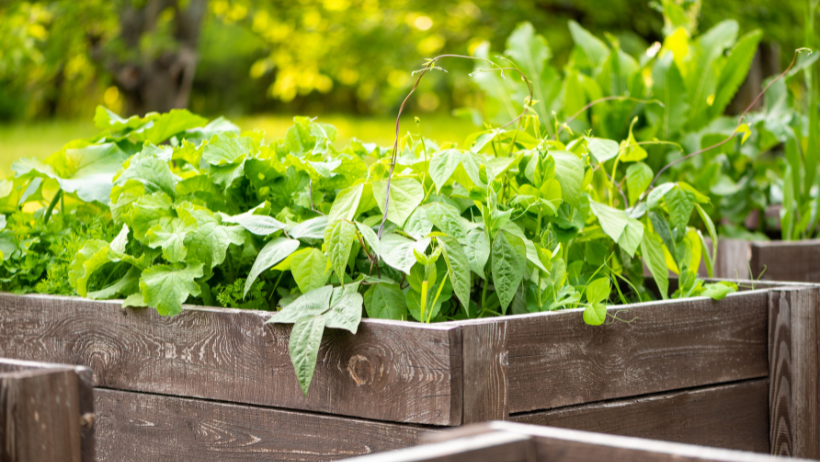

Need a Hand? Just Ask
If you’ve got questions about what to plant, how much compost you’ll need, or which fixings are best for your design, come by and see us. I’m always happy to talk through your plans and help you figure out the most cost-effective way to build your raised bed. The Garden Centre team just over the way can help you with soil and compost recommendations, and they’ve got brilliant advice on what’s in season and which plants work best in our local conditions.
Between us, we’ve got everything you need to get your raised bed off the ground – literally. Hope to see you soon.
Did you enjoy this blog? Yes! Why not sign up to our newsletter to be the first to know when our next blog from the team is live.

